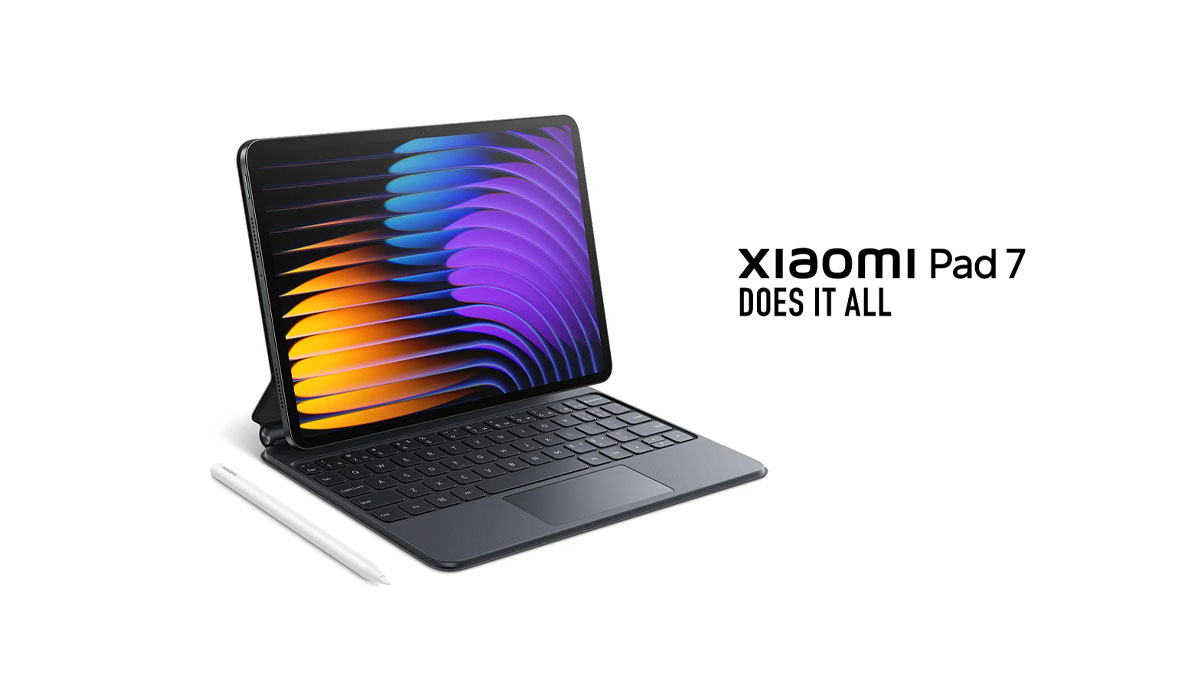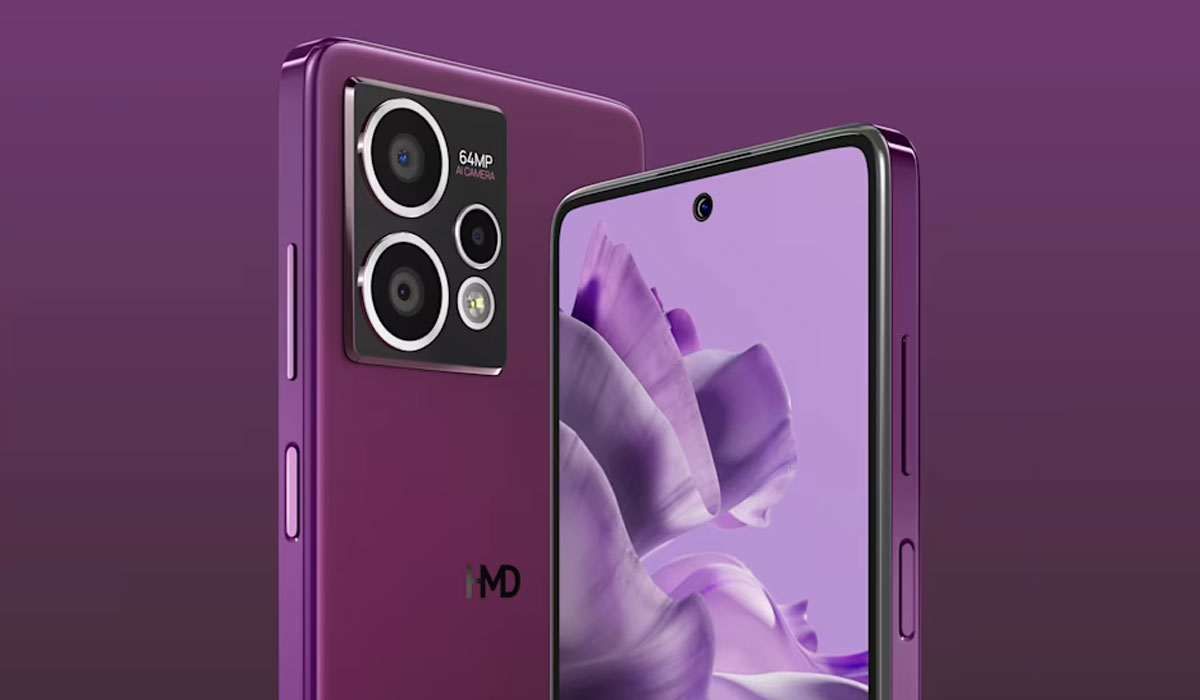
What follows is an interview I had with Mr. Khanal regarding how card transactions take place, the types of cards in use, queries about e-banking and policies of Nepal Rastra Bank regarding the same.
Cashless Banking In Nepal
TechLekh (TL): What does the IT department look after?
Manish Khanal (MK): Here, the IT department majorly looks after the core banking, IT infrastructure (hardware + network), card solutions and ATM.
TL: Could you tell me about the banking transactions done via ways like debit/credit cards in brief?
MK: In the case of credit/debit cards, we first issue a card for the customer. Let’s talk about debit card. The card is linked to the customer’s account. When the customer does a transaction using the card, the core banking system is hit via a “switch”. From the core banking system the account balance is deducted and the person can know about whether the card is used for normal withdrawing or purchasing. Main banking system is used for the very purpose.
SEE ALSO: Going Cashless in Nepal – Is Cashless Future a Possibility?
TL: What are the things that are required for this transaction process?
MK: The main thing is the card processing “switch” (it is a device that validates the card), then the core banking system is necessary. That is done by creating a connection with the bank server.
TL: What is the process for the usage of cards in shops and similar places?
MK: POS (point of sale) machine is used; the rest procedure is the same.
TL: What are the types of cards available?
MK: One is the magnetic strip card, the other is chip card. The strip can be cloned while the chip card cannot be cloned since all the chips are uniquely made. Rastra bank has already ordered the banks to fully replace the magnetic strip cards with the chip cards, and the banks are slowly complying with the orders.
TL: What are the procedures to be followed for online banking in the context of Himalayan Bank? Do other banks follow similar mechanism?
MK: We implement a two-factor authentication. We provide the clients who wish to utilize the online banking facility with a hard token machine. The machine generates random numbers on the press of a button which is to be entered along with the username and password to follow the “what you know what you have” method a.k.a. Two factor authentication. This helps in creating an additional level of security as even if somebody who manages to peek into your username and password will not be able to log in into your account unless the generated random number is entered.
If we talk about other banks, they can be observed using mobile applications that generate random numbers or send SMS with the random number instead of the hard token device.
TL: How is e-banking different from e-wallet? Can we perform direct payments from the online account here?
MK: E-wallet is more like maintaining a virtual account. In internet banking, it directly hits the core banking system without creating an intermediate virtual account.
Landline payment and Subisu monthly subscription payment is facilitated from the system provided by Himalayan Bank, though other features like mobile balance transfers and top-ups are being worked on at the moment.
TL: What does IME do?
MK: IME(International Money Express) is basically a remittance company, owned by Global IME group. According to our government policy we are not allowed to send payments outside the country easily, so to make the transfer easy companies like IME come into action. They collaborate with the native systems there or open their own counters. The people there approach the company and give the details of the receiver and the staffs insert entries into their systems. If the counter is a branch of IME, the transactions are directly sent to the server; else if it is a native company, they act as an intermediate to the IME system here. To identify the sender, a unique transaction reference number is provided to them. The sender is supposed to contact the receiver and provide them with the transaction number so that they can go to their nearby counter along with an authenticated id card and withdraw the cash. Likewise, the service called Himal Remit serves a similar purpose.
SEE ALSO: Nepal’s Future in Artificial Intelligence
TL: How often is the online banking system being used? What could be the shortcomings in it?
MK: For now, the normal customers are allowed 1 lakh per day; the corporate customers have a higher limit. The IT department here handles the customer support for the clients who wish to use the e-banking facility. We receive calls every 5-10 minutes regarding the confusions people encounter while using the facility, so yes, the online banking system is very much into use.
Some of the clients complain about the hard token system, saying it gets a little messy at times, but the main motive of the device is to increase the security. One problem may arise though, like a situation where an account activity is being checked from two different places. The device needs to be present at both places, which is not possible.
TL: What policies has Rastra Bank asked to apply for e-banking?
MK: Money laundering is the major concern of Rastra Bank. But there are certain limits set for the customer security. For an example, the limit set for online money transfer is Rs. 1 lakh, the major reason being people gaining unauthorized access over somebody else’s credentials, hence if loss is to happen, it limits to 1 lakh. Other security features can be applied according to the company’s convenience.
In the end, I feel like a change in the conventional ways definitely takes time, but it will occur in a slow yet steady way. This change may finally result in reduction of all the mishaps and improve our daily works, thus making our lives simpler and secure overall. Cashless future in Nepal is achievable, albeit it may happen slowly.
Editor’s Recommendations
- Going Cashless in Nepal – Is Cashless Future a Possibility?
- Nepal’s Future in Artificial Intelligence
- Nepal and Cyber Security: A REVIEW
Thanks for being with us. Keep reading such articles on TechLekh!
-
Xiaomi Pad 7 Launching in Nepal Soon: Best iPad Alternative?HIGHLIGHTS Xiaomi Pad 7 price in Nepal could be Rs. 44,999 (8/128GB) and Rs. 49,999…
-
Honor X8c with 120Hz Display Launched in Nepal with an Early Bird OfferHIGHLIGHTS Honor X8c price in Nepal is Rs. 33,999 (8/512GB). It is powered by the…
-
HMD Crest Max 5G Launching Soon in Nepal – Now Even BetterHIGHLIGHTS HMD Crest Max 5G price in Nepal could be Rs. 21,999 (8/256GB). This phone…










